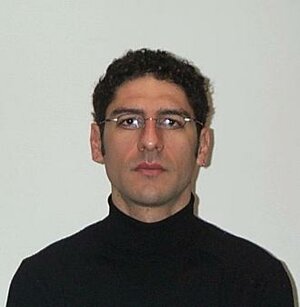19-10-2015 Colloquium Daniele Marchisio

| When | Monday 19 October 2015 |
| 10.30 - 11.00 Coffee | |
| 11.00 - 12.00 Lecture | |
| 12.00 - 13.00 Lunch | |
| Where | TU/e Campus, CE 0.31 |
Abstract
Multiscale modeling in chemical and process engineering: polymer self-assembly in solution and polymeric foams
Due to the increase in computational power, offered by high performance computing (HPC) resources, and in the reliability of modeling and simulation techniques in different fields, mathematical modeling is becoming a common tool for design, optimization and scale up of chemical processes. Due to their intrinsic properties chemical processes span across different length- and time-scales: from tiny molecules to large chemical reactors. Quantum chemistry calculations are nowadays used (in academia and industry) to predict chemical reaction rates, molecular dynamics and molecular Monte Carlo simulations are used to predict transport and equilibrium properties, mesoscale modeling tools (such as dissipative particle dynamics and Lattice Boltzmann) are used to describe the behavior of large molecular assemblies, whereas on the continuum level, computational fluid dynamics and standard process modeling are used to predict the behavior of chemical reactors and large chemical plants. As a consequence, very often to simulate a process different techniques are simultaneously used and the information is passed across scales off-line, via for example parameter passing, or on-the-fly, by using for example surrogate models, orchestrators and databases. In this seminar two examples of multiscale modeling in process engineering are presented and discussed. In the first example, the self-assembly of polymer molecules into nanoparticles via solvent displacement is described as a diffusion limited aggregation process, via computational fluid dynamics and population balances, with aggregation kernels derived from full atom molecular dynamics simulations. In the second example, the first results obtained within the European project MODENA, will be presented. Within this project the evolution of polyurethane foams is described via computational fluid dynamics and population balances, with chemical reaction rates derived from quantum chemistry and with bubble growth and coalescence rates calculated from different detailed models (including molecular dynamics and dissipative particle dynamics). Eventually some conclusions are drawn and future perspective discussed.